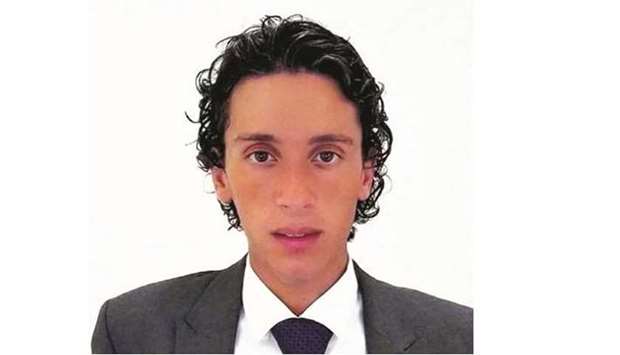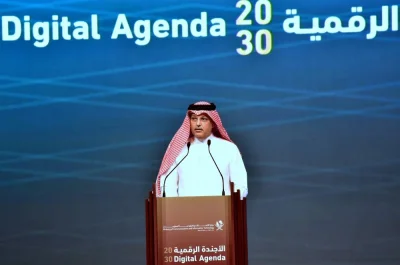
Alex Macheras
Airbus is “increasingly confident” it can build a hydrogen-powered plane that’s ready to enter service by its target date of 2035. The company expects to be able to produce short or medium-range aircraft at first, and then scale up, chief executive officer Guillaume Faury said Wednesday.
“Every day we become more confident,” Faury said in a Bloomberg Television interview from the event. “We need to have a plane, we need to have the right fuels, the hydrogen available in the right quantities at the right time, and we need the regulations to be ready.”
But Faury noted the hurdles ahead in terms of preparing the wider aviation sector for hydrogen-powered flying. “Given the number of ruptures and changes that we are going to bring to the aviation sector, we need to onboard the regulators,” he stated.
“It is collective challenge. But 2035, at the scale of aviation, is tomorrow. Therefore, we have to be fast and we have to be fast together” Faury said.
“And we are very happy to gather people from many different sectors at this summit so that we understand better what needs to be done to be faster together going to that point of having the right fuel, the right planes, the right regulations, so that we can fly net-zero (emission) planes” he added.
EasyJet said governments need to get behind zero-emission aircraft including hydrogen-powered models envisaged by Airbus if they’re to become a reality by the 2030s.
Airlines that operate such planes should benefit from tax breaks and reduced airspace and airport charges, while state support will be key in developing hydrogen supplies and infrastructure, EasyJet chief executive officer Johan Lundgren said earlier this week.
Airbus revealed it is working in partnership with airports, airlines, regulators and engine manufacturers to make its goal a reality but noted that it needs to get the shipping industry on board so that hydrogen-fuelled aircraft will be able to operate worldwide. The primary concern is how large volumes of hydrogen needed to fuel aircraft will be transported to airports around the world.
Of particular concern, Mads Bondergaard, head of operations for Airbus Asia Pacific, said, is how hydrogen could be transported to airports in the remotest parts of the world. Conventional aviation fuel is regularly transported on product tankers, but Bondergaard questioned whether capacity exists in shipping for transporting large quantities of hydrogen.
In an additional push towards cleaner, more sustainable flying, Airbus will start delivering all aircraft from its US Manufacturing Facility in Mobile, Alabama with Sustainable Aviation Fuel (SAF) on board later this year. The initiative is a further step toward fulfilling Airbus’ commitment to carbon-neutral growth in the aviation sector.
Commercial aviation continues to be responsible for about 2%-3% of global carbon emissions. To date, the industry has made most progress on efficiency gains on new aircraft. Today around 85% more efficient than those entering service in the 1960s. Alternative fuels, particularly sustainable aviation fuels (SAF), have been proven to help achieve the industry climate targets. SAF derived sources such as algae, jatropha, or waste by-products have been shown to reduce the carbon footprint of aviation fuel by up to 80% over their full lifecycle. Nearly a quarter of the operating costs of airlines is spent on fuel: 23.7% in 2019, which is up from 13% in 2001. The proportion is likely to rise further as fuel prices go up. This alone is a major incentive for the whole industry to focus on fuel efficiency.
Some airlines, including Cathay Pacific, have pledged to use Sustainable Aviation Fuel (SAF) for 10% of its total fuel consumption by 2030. The Asian airline has made pioneering efforts in supporting SAF development for more than a decade.
Airbus also announced it has established a partnership with Air France and DSNA, the French Air Navigation Service Provider (ANSP towards the development of “most energy efficient flights”, following their inaugural demonstration flight from Paris to Toulouse on the day of the Airbus Summit event, taking place this week in Toulouse. The aircraft flew an optimised trajectory, marking the first of a series of trials planned during 2021 and 2022 within the framework of the Single European Sky ATM Research Joint Undertaking (SESAR JU) “ALBATROSS” project.
Under the Single European Skies initiative, European airspace management would move away from the current, dated arrangement: a fragmented airspace map determined by national borders, to the use of ‘functional airspace blocks’ the boundaries of which will be designed to maximise the efficiency of the airspace for air travel across Europe as a whole.
The aim is clear: to use air traffic management that is more closely based on desired flight patterns leading to greater safety (by preventing congestion in the skies), efficiency (both environmentally and economically) and greater capacity. The Single European Skies initiative will reduce airlines’ annual fuel costs by €5.5bn, meaning Europe could better handle large scale disruptions (such as the 2010 Icelandic volcano eruption), overcrowding in the skies (as was happening in summer 2019), as well as unprecedented collapses in air travel demand (such as the immediate impact of the Covid-19 pandemic)
A study revealed airspace modernisation could deliver European consumers an additional $36bn (€32bn) of welfare benefits in the year 2035, compared to a ‘do nothing’ scenario (in which no further airspace modernisation takes place).
Airbus also confirmed talks with several potential customers for a new freighter version of its A350 jetliner, its sales chief said on Tuesday.
With e-commerce continuing to boom amid the ongoing pandemic and the way in which consumer behaviour has changed, Airbus formally began marketing the proposed freight variant in July, taking aim at Boeing’s hold on the global cargo market.
“We are in a number of very encouraging discussions,” chief commercial officer Christian Scherer told reporters in Toulouse. “It is available for sale and is selling,” he added.
* The author is an aviation analyst. Twitter handle: @AlexInAir


